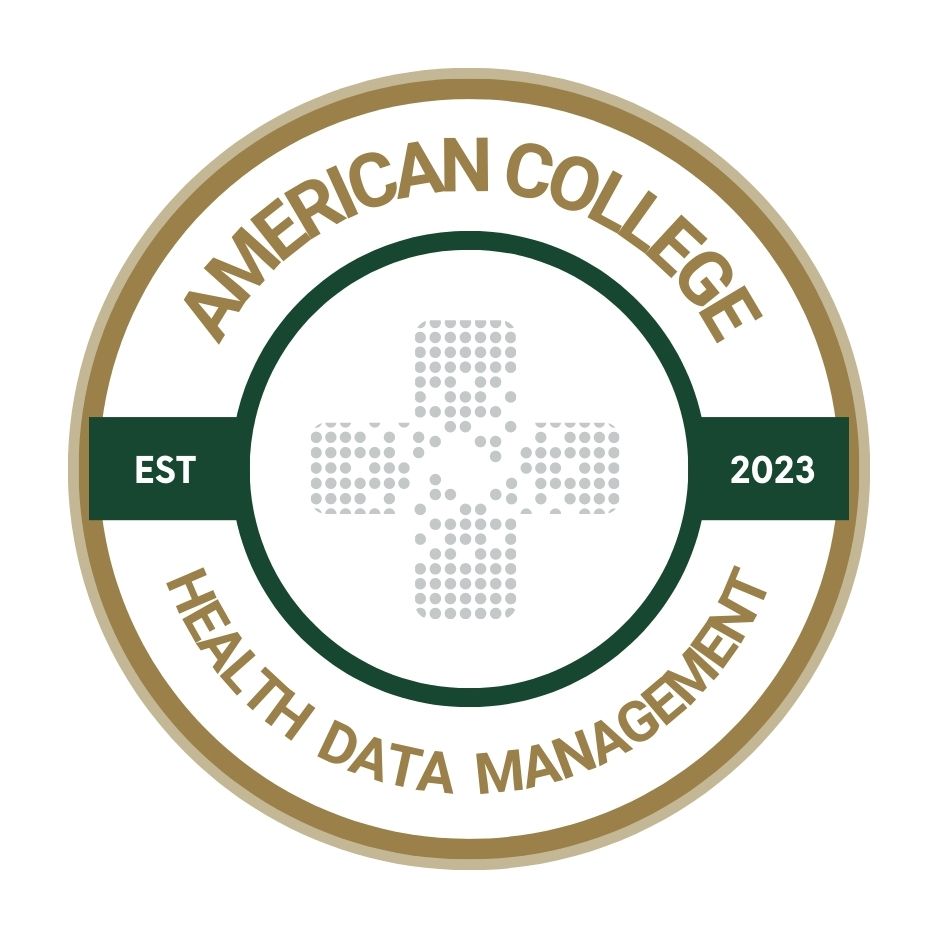How recent technology advances map the progress of AI
New capabilities from solutions vendors and changing industry dynamics offer new proving grounds to demonstrate key functionalities.

Artificial intelligence capabilities are emerging in healthcare applications at a rapid pace. That’s clear from recent advances and announcements from major information systems and health systems.
A quick review of these announcements shows that the use of AI in healthcare is a fast-building storm, amplified by new functionality from major EHR platforms and impacted by policy changes. Let’s look at some of the newest occurrences and how they are expected to impact healthcare organizations in the years ahead.
Epic features intelligence and connectivity
At Open@Epic, the company emphasized patient-initiated sharing (easier ways to consolidate data from multiple organizations in MyChart) and more robust tools for developers — exactly the groundwork that AI needs to deliver safer, more contextual recommendations.
This is also my preferred path: a patient-centric, patient-in-charge model that centers consent and portability. Teams see better outcomes when patients actively use and understand their own information. There’s a higher likelihood of adherence, timelier follow ups and fewer avoidable escalations. Pair that with the Quest–Epic lab integration, and you get less rework, cleaner data and faster turnaround for AI-assisted triage.
This offers the potential for organizations to pilot flows that bind labs and imaging to agentic tasks (such as triage and follow-ups), and track cycle time, re-orders, denials and patient activation metrics.
Oracle Health combines agents and capacity
Oracle has developed AI agents aimed squarely at payer–provider friction, especially in the areas of prior authorization, eligibility, coverage determination, coding, claims and denials. This is where near-term value will materialize – well-governed agents can reduce waste and administrative overhead, shorten time-to-care, and raise patient and provider satisfaction by eliminating redundant handoffs and status-chasing.
Such efforts also improve compliance (consistent application of payer policies and auditable trails) and, over time, bend operating costs by lowering rework, denials and avoidable days in accounts receivable. Meanwhile, new U.S. data centers announced with OpenAI and SoftBank that they plan to expand the OCI capacity these agents will ride. This will be important for scaling usage-priced workloads without performance penalties.
In response, organizations can build usage-based total cost of ownership models around portal Q-and-A volume, agent transactions by workflow and knowledge-based size/refresh; track outcome KPIs (PA turnaround, denial rate, A/R days, escalations avoided and CAHPS/Press-Ganey deltas) in tandem with safety and compliance metrics.
Other EHR movers show practical advances
Here are just a few other recent announcements that demonstrate valuable real-world uses of AI in healthcare.
EClinicalWorks. At Sun River Health, clinicians are completing 7,000 visits per month with Sunoh.ai, providing evidence that ambient documentation is operational at community health scale.
MEDITECH. The company previewed an agentic user experience; partners showcased embedded ambient in Expanse Now (mobile) for real-time note capture.
Athenahealth. The technology vendor reported a 68 percent year-over-year rise in physicians using AI for documentation and published pragmatic best practices, such as consent cues, template hygiene and editing discipline.
CDS at the bedside. UpToDate Expert AI by Wolters Kluwer expects to begin an enterprise rollout in the last quarter of this year, representing an inflection for point-of-care reasoning.
RPM/RTM reimbursement
In this arena, there are two levers to plan around. The first represents two- to 15-day device/supply codes, compared with current parameters of 16 to 30 days, and 10- to 19-minute production of treatment management codes, which now typically take longer than 20 minutes.
This is important because, when finalized, short episodes (such as post-op, titration and recovery) become billable, and partial-adherence months stop zeroing-out revenue, strengthening ROI for cardiometabolic disease, COPD/CHF, diabetes and aging-at-home programs.
This also gives practices and CFOs a clearer, more predictable financial model, aligning reimbursement with the real cadence of clinical work rather than an all-or-nothing threshold. It should encourage RPM/RTM for care transitions (such as hospital-to-home) and pair naturally with telemedicine for timely interventions.
For rural practices, the impact could be substantial, enabling right-sized billing for shorter monitoring windows, which will help bridge workforce shortages and long travel distances, support equitable access where brick-and-mortar capacity is thin and create a sustainable path to close disparities while maintaining fiscal discipline.
In light of this, organizations should refresh business cases with low/likely/high probability scenarios; prioritize transitions of care and high-risk chronic cohorts; and track operational KPIs (such as enrollment, adherence days and escalations averted) alongside financial KPIs (billable months, contribution margin and avoidable ED visits or rehospitalizations).
Burnout and the Quintuple Aim
Studies at large multi-hospital systems, such as Mass General Brigham and Emory Healthcare link ambient documentation to lower burnout rates among clinicians and less after-hours EHR time, often within weeks after implementation.
It’s possible to frame these gains as capacity creation that advances the Quintuple Aim.
There’s still a long way to go with some of these emerging applications being introduced by systems vendors. For example, with Epic’s new capabilities, it may be better to treat the additional functionality as part of the platform and to aid governance while maintaining contracts with a current ambient partner.
Governance is still an important priority. Some guidance does exist – organizations can refer to responsible-use guidelines from the Joint Commission and the Coalition for Health AI, which offers a checklist that brings together policy, local validation, monitoring and the intended use of the technology.
States may be looking at guidelines as well. For example, California SB 53 sets a transparency baseline (AI safety disclosures) that executives should track for downstream health-sector expectations.
Indicators for the pace of success should continue to emerge. For example, at Oracle AI World this month, industry watchers expected to see health-grade agent demos and OCI roadmap specifics. Another indicator could include early pilots between Epic and Quest, with success to be measured by lab cycle time and denial rates after integration.
More guidance is expected ahead. In November, CMS is expected to release its 2026 final rule, which likely will confirm RPM/RTM code finalization and valuations. And other experts expect to see responsible-AI playbooks emerge, with implementation materials following the Joint Commission and CHAI guidance.
The growth of this technology will involve more than just sprinkling AI onto notes. It’s about agentic workflows that unify documentation, patient guidance and revenue integrity — while policy and data plumbing finally make precision insights scalable to populations.
Puneet Sahni, MD, is chief scientific officer of ATW Health Solutions and he is founder and chief architect of Sahni Digital Health Solutions. He is a Fellow of the American College of Health Data Management.
